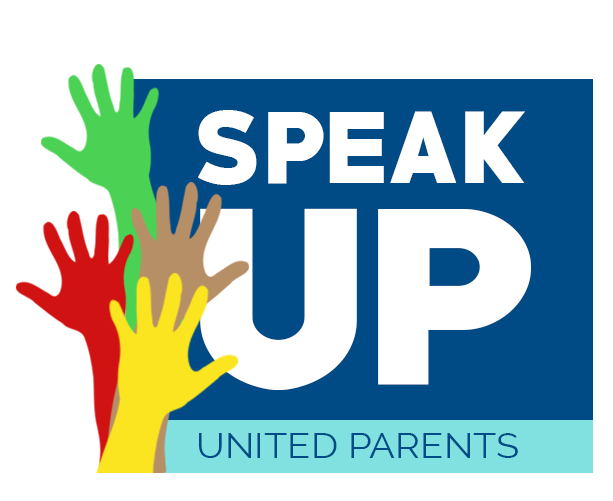New Report: Kids Will Benefit If We Pay Teachers More, Make Prep Programs More Selective
/One of the best ways to improve the quality of education for kids is to pay teachers more and make teacher preparation programs more selective, according to a new report from the Center for American Progress, a left-leaning think tank based in Washington, D.C.
“Teachers are notoriously underpaid,” the report said. “Public school teachers make less than other comparable professionals in every state,” earning 13.1 percent less on average in 2018, when accounting for non-wage benefits. Given low pay, teachers are about 30 percent more likely than non-teachers to work a second job, and 94 percent pay out of pocket for classroom supplies.
The report, titled A Quality Education for Every Child, presents a bleak picture of public education in the United States. Between 2000 and 2017, the U.S. slipped from 5th to 10th in its rate of postsecondary degree attainment, and results on the National Assessment of Educational Progress, a middle school standard sometimes referred to as the nation’s report card, have stagnated in recent years in both reading and math.
“Compared with the United States, other countries with higher-performing educational systems tend to have more rigorous selection processes for admission into teacher preparation programs,” the report said.
Paying teachers more would make the field more competitive and enable the profession to be more selective, the report argues. Instead, low pay and rising expectations of teachers have led to a drop in enrollment in teacher preparation programs by more than 30 percent since 2012, the report said.
“If states and school districts raised teacher pay to match that of other professions, provided training to help teachers meet the needs of the changing student population, and increased the selectivity of the teaching profession, the national narrative about and respect for the teaching profession would shift,” the report said.
Educational disparities remain a huge problem, with Black, Latinx and Native American kids, as well as students from low-income families, being particularly poorly served, the report said.
“Not by chance, the students who get the least experienced and least qualified teachers are most often nonwhite or from families with low incomes, worsening already existing inequities in these students’ access to a quality education,” the report said. “A new education agenda must be rooted in the idea of opportunity for all, with equity in access at the center.”
Diversifying the teaching force and providing more real-world preparation and support would also improve the quality of teachers entering the profession and outcomes for kids, the report said. Licensure requirements should include “observable readiness to teach beyond multiple-choice exams,” and new teachers should be mentored and receive “meaningful professional development that improves student outcomes” and “career pathways that give excellent teachers” a chance to grow.
In addition to improving the quality of teachers entering the profession, action items in the report include applying “an explicit race and resource equity lens to all policies and analysis… where institutional racism is called out as a barrier to forward progress and appropriately addressed” and dramatically increasing investment in the nation’s public schools.
The report also calls for more focus on preparing all students for college and the workforce and “a balanced approach to charter school policy” that includes “both the expansion of good school options and the coordination across the traditional district and charter sectors to avoid potentially negative impacts,” as well as “strong authorizing and accountability policies.”
Increasing teacher pay and overall funding for public education are also popular among Democratic presidential hopefuls. Kamala Harris has been particularly vocal on this issue and has put forth a detailed plan that provides “the average teacher a $13,500 raise” funded by a combination of federal and state dollars. Among other things, this will “dramatically reduce teacher turnover and its harmful impact on students and schools… [and] narrow race and gender pay disparities to lift up women and teachers of color,” according to her website.
Not surprisingly, voters care. According to the Pew Research Center’s Public’s 2019 Priorities published earlier this year, Americans listed education third among their top priorities, right behind the economy and health care costs. No doubt they recognize, as the center’s report points out, that “great teaching is at the core of all efforts to improve students’ learning.”
— Leslee Komaiko





